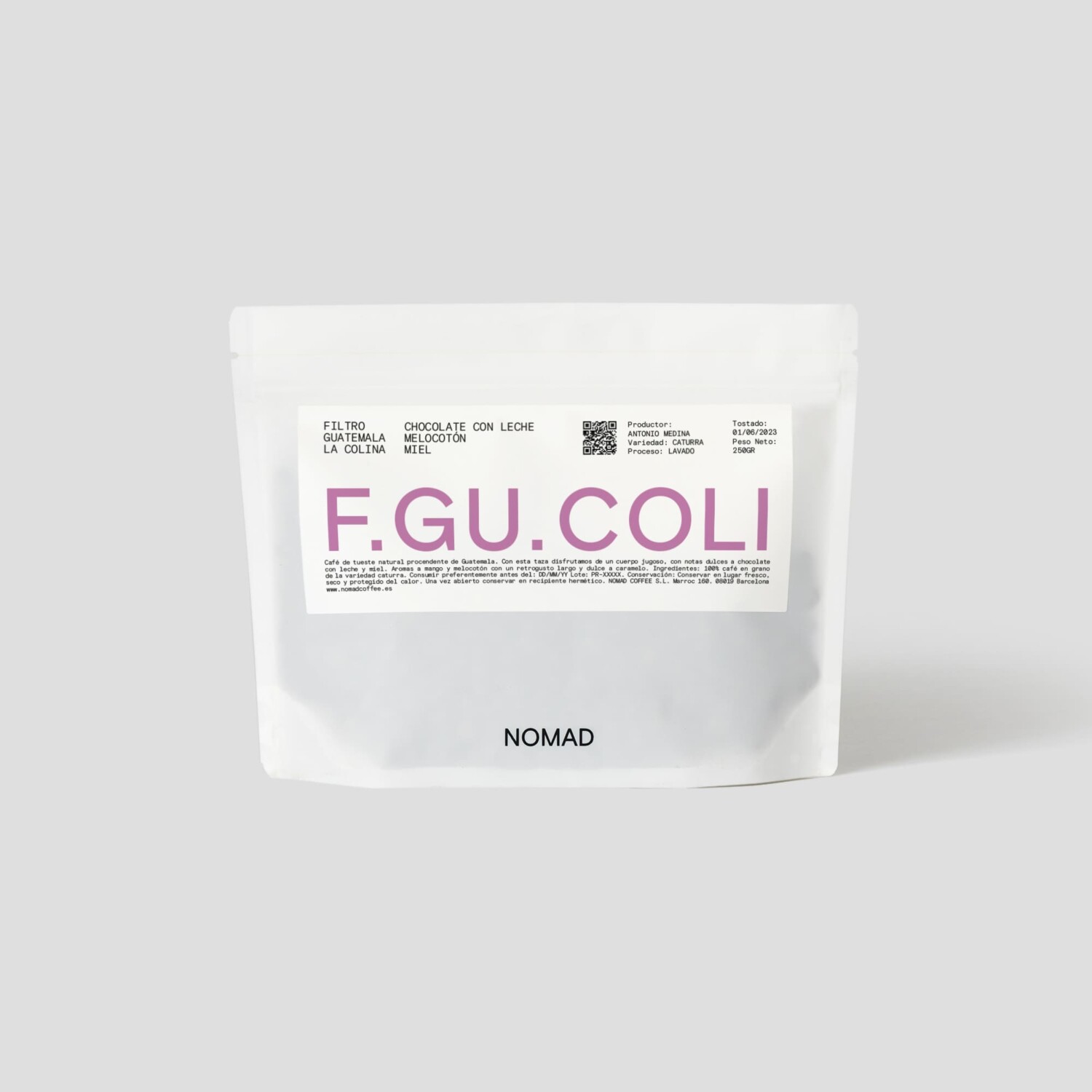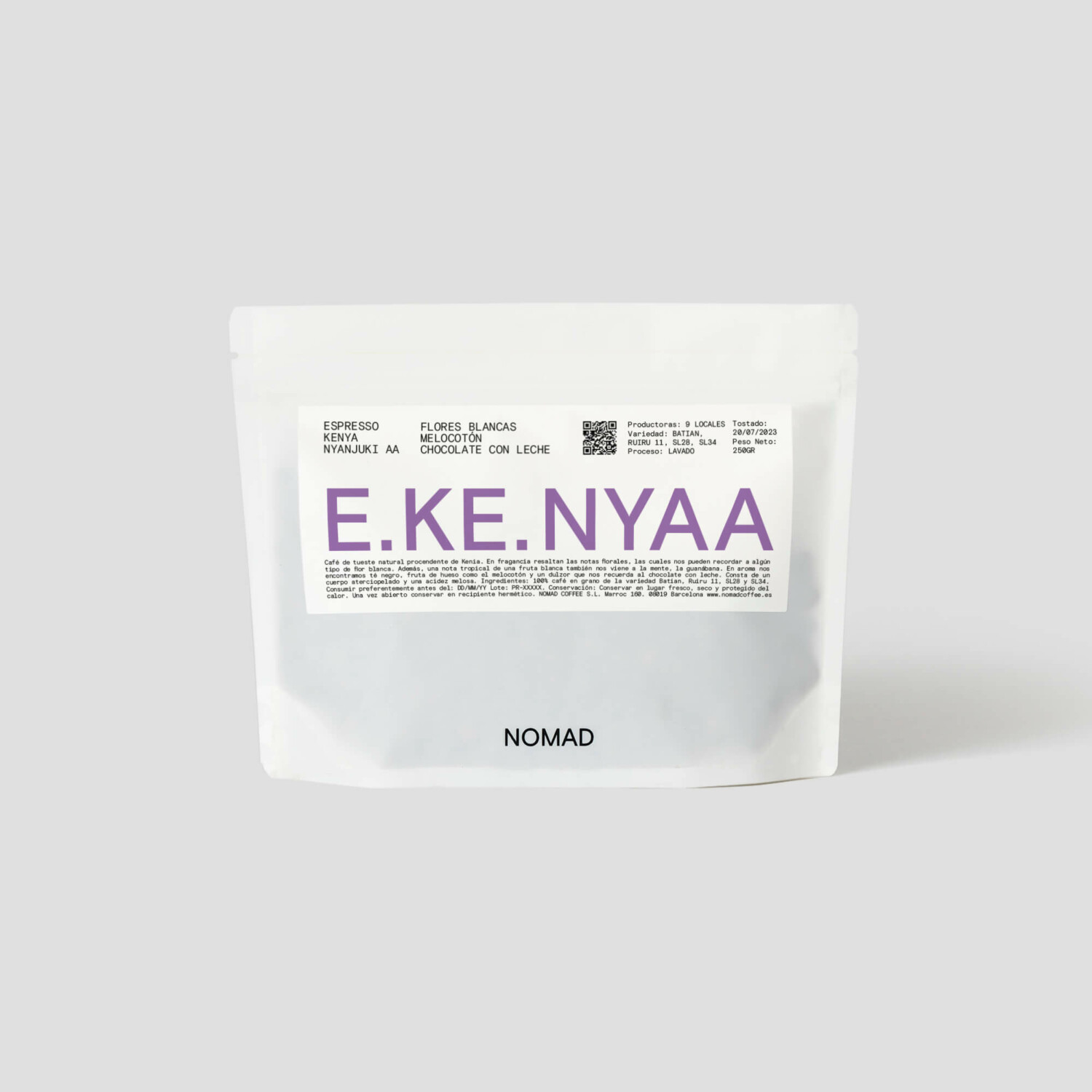
A bomb of wild and tropical fruits. Aromas of strawberry lollipop, dried apricot, mango, raspberry and blueberry. In the mouth, these aromas persist with a lively and bright acidity of wild fruits. A very juicy body and an aftertaste that reminds us of a strawberry lollipop.
A very special lot since it is the result of the union of two friends. It is a small batch of the Gesha variety from the Volcán Azul farm managed by Alejo Castro together with the help of the well known NOMAD, Diego Robelo owner of the Aquiares farm. These two good friends decided to get together and make an experimental fermentation of Alejo’s Gesha with an inoculum made from the flowers of Diego’s coffee trees. The result in the cup of this combination is a very complex coffee with all the elegance of the Gesha variety. The whole lot is here at NOMAD. And it is a very small batch. So we recommend that you do not miss this opportunity to try it.
This Gesha was collected on February 7, 2021, at the Volcán Azul farm. It was introduced into a fermentation tank in an anaerobic environment where the inoculum of coffee flowers from the Aquiares farm was incorporated for a controlled fermentation of 7 days. Upon leaving fermentation, it was dried in the sun for 14 days.
How did they obtain this inoculum from the flowers of the coffee trees on the Aquiares farm?
Aquiares has a unique characteristic, and it is that during the harvest sporadic blooms can occur due to the rains influenced by the Caribbean. His team spotted an opportunity in this phenomenon as they were evaluating which microbial cultures to use when fermenting their coffee cherries. There are very unique yeasts that feed on the nectar of coffee flowers during the first day of flowering. So Aquiares’ team collected freshly opened flowers completely colonized with this particular type of yeast.
They applied an isolation technique to harvest wild yeast from the collected flowers. In this way, we create a microbial culture from these yeasts. They found that a native strain of Metschnikowia Pulcherrima was very abundant and smaller colonies of Hanseniaspora species. The microbial culture was allowed to grow and develop.
We offer you these guidelines so that you have a guide when preparing your recipe, but you must take into account the method you are using, the grinding, the water, the temperature, etc.
Our method: V60
Our grinder: EK43
Our water: Osmotized, 93ppm
We use 15 gr of medium ground coffee and 260 gr of water at a temperature of 96ºC. We pour the water in 2 times. One of 50 gr, we wait 30 seconds and then pour the rest of the water until it reaches 260 grams. The total infusion time should be between 2 and a half and 3 minutes.


